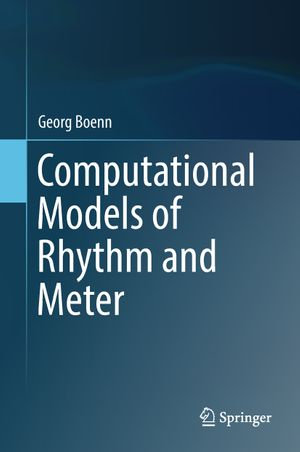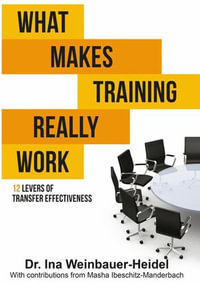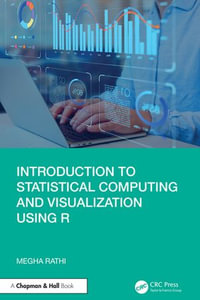
eTEXT
At a Glance
eText
$189.00
or
Instant online reading in your Booktopia eTextbook Library *
Read online on
Desktop
Tablet
Mobile
Not downloadable to your eReader or an app
Why choose an eTextbook?
Instant Access *
Purchase and read your book immediately
Read Aloud
Listen and follow along as Bookshelf reads to you
Study Tools
Built-in study tools like highlights and more
* eTextbooks are not downloadable to your eReader or an app and can be accessed via web browsers only. You must be connected to the internet and have no technical issues with your device or browser that could prevent the eTextbook from operating.
ISBN: 9783319762852
ISBN-10: 3319762850
Published: 20th June 2018
Format: ePUB
Language: English
Publisher: Springer Nature
You Can Find This eBook In
This product is categorised by
- Non-FictionComputing & I.T.Computer ScienceArtificial IntelligenceComputer Vision
- Non-FictionComputing & I.T.Computer ScienceArtificial IntelligencePattern Recognition
- Non-FictionComputing & I.T.Graphical & Digital Media Applications3D Graphics & Modelling
- Non-FictionMathematicsApplied Mathematics
- Non-FictionComputing & I.T.Computer ScienceImage Processing
- Non-FictionArts & EntertainmentMusicTheory of Music & Musicology























